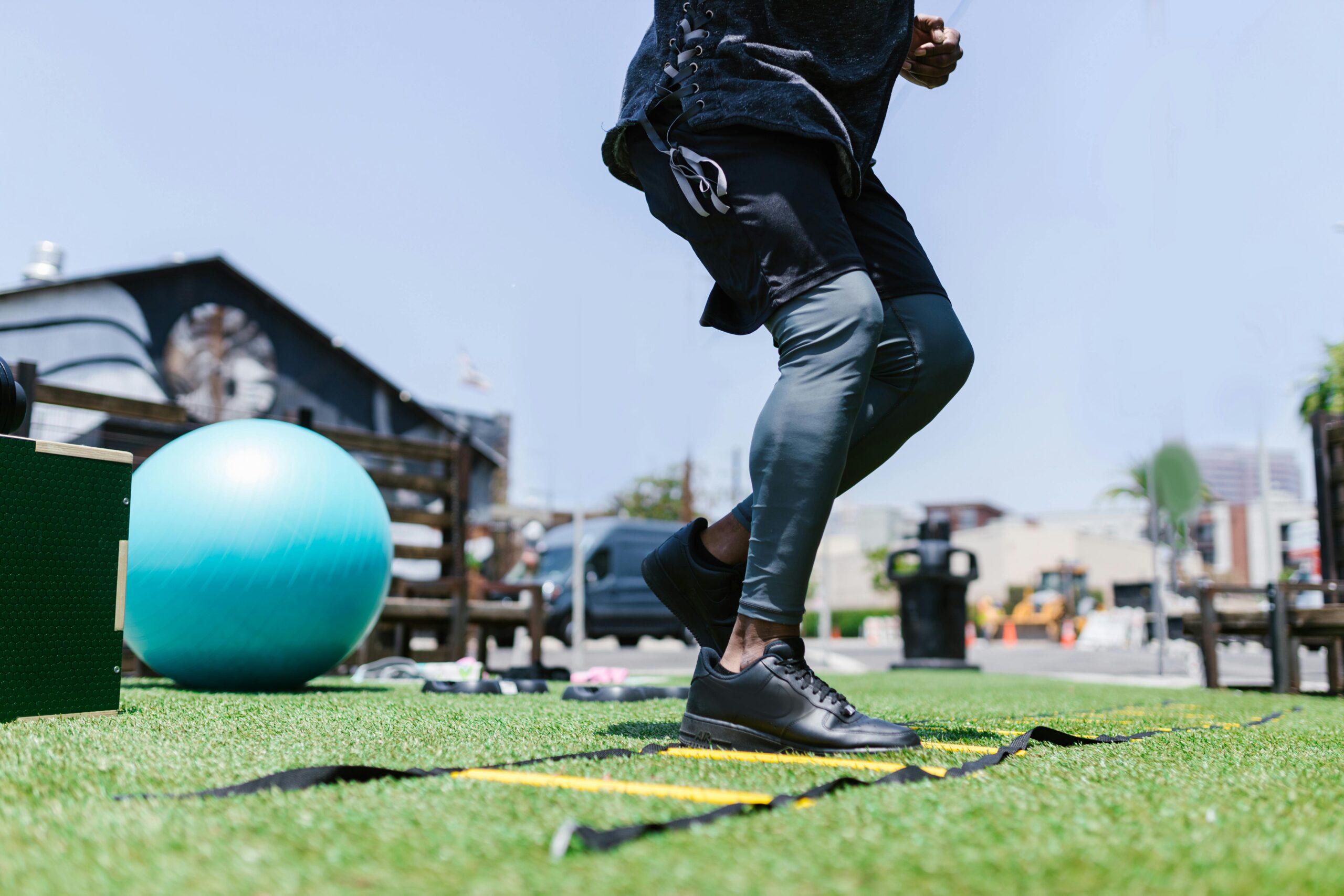Quick Answer: Plyometric training reduces injury risk by teaching your nervous system to handle the stretch-shortening cycle that occurs during landing, cutting, and deceleration. It’s not about jumping higher—it’s about landing safer.
Why Jumping Makes You Bulletproof
Most athletes think plyometrics are just about getting more explosive. They’re missing the bigger picture. Plyometric training is one of the most powerful injury prevention tools we have, and here’s why your body desperately needs it.
Every time you land from a jump, change direction, or decelerate, your muscles and tendons undergo what we call the “stretch-shortening cycle.” This is where your tissues rapidly lengthen under load, then immediately contract. It happens hundreds of times in most sports—and if your body isn’t prepared for it, that’s when injuries strike.
The Neuromuscular Connection
Plyometric training teaches your nervous system to coordinate muscle contractions with lightning speed. When you land awkwardly or encounter an unexpected force, your trained neuromuscular system kicks in within milliseconds to stabilize joints and absorb impact. Without this training, your body hesitates—and that hesitation is where ACL tears, ankle sprains, and muscle strains happen.
Research consistently shows that athletes who perform plyometric training reduce their injury risk, with particularly dramatic reductions in knee injuries. The reason? Plyos teach your body to handle the unexpected.
Building Bulletproof Landing Mechanics
Every plyometric exercise is essentially a rehearsal for real-world scenarios. When we progressively load your tissues through controlled jumping, hopping, and bounding exercises, we’re building tolerance to the forces you’ll encounter in competition. Your tendons become stiffer and more resilient, your muscles learn to fire in perfect sequence, and your joints develop the stability to handle whatever gets thrown at them.
The key is progression. We start with basic two-foot jumps and gradually advance to single-leg, multi-directional, and reactive exercises that mirror your sport’s demands. This isn’t about jumping higher—it’s about landing better, every single time.
Common Questions About Plyometric Training:
Q: How often should I do plyometrics? A: 2-3 times per week maximum. Your nervous system needs 48-72 hours to recover between sessions.
Q: Can beginners do plyometrics safely? A: Yes, starting with basic two-foot jumps and focusing on landing mechanics before progressing to advanced movements.
Q: What’s the difference between plyometrics and just jumping around? A: Plyometrics follow specific progression protocols, emphasize landing quality over height, and systematically build tissue tolerance.





0 Comments